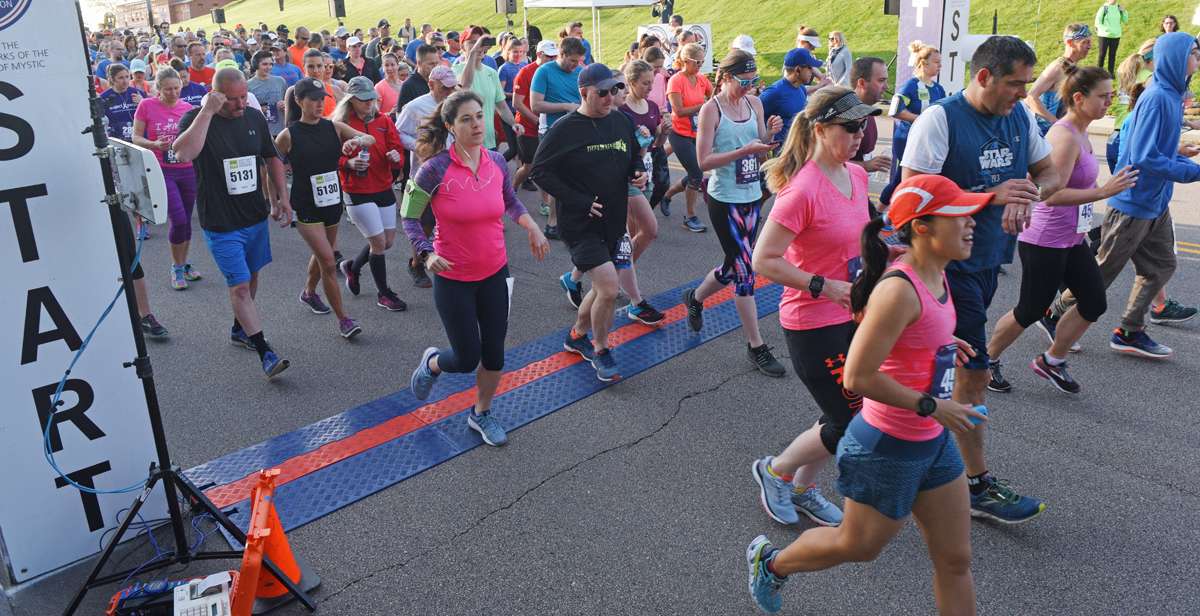
Whether you are a recreational runner or serious competitor, the 10k race offers the perfect distance for any experience level, explains Tiffany J. Rindell, PT, DPT, OCS, Area Manager for Hartford HealthCare Rehabilitation Network’s East Region.
At 6.2 miles, even beginners can train for the race in as little as 4-6 weeks, and many experienced runners enjoy running a 10k as part of a training regime for half and full marathons. So what can you do to best prepare yourself for and on race day to avoid injury and do your personal best? Below are some pre- and post-race tips for beginners and experienced runners alike:
Preparing for a 10k race:
- If you are a first time runner, follow a training program that is right for you based on how many weeks you have to train and your current level. These can be found online.
- Vary your training. Competitive runners don’t just run, they cross-train. Strength training, plyometrics, flexibility, and core training all help improve your power/speed and minimize your risk of injury by improving your form and overall efficiency.
Before the race:
- Eat your typical pre-race meal. If this is your first race, stick with something light, like a banana or toast with peanut butter, or oatmeal with berries. Avoid yogurt and most dairy, as it is known to cause stomach issues during vigorous exercise. And a 10k won’t deplete your glycogen stores, so there is no need to carb load the night before.
- Ensure you are warmed-up before the start. Jog a slow ½ to 1-mile and do some dynamic stretching. This link is a great resource if you are unsure what dynamic stretching is.
- Stay hydrated but do not drink gallons before the race. And leave time to use the porta potty before the start- there are always lines!
- Determine your goal pace and find your pacer to line up with when you begin. Some races have the pace listed by total time, others by the minute per mile. Here is a link to a pace calculator if you are unsure where you fall.
During the race:
- Stick with your pacer and let them control the rate you are running. Pacers are a great way to keep you on track to meet your goal.
- Hydrate when necessary, but be ready to catch back up to your pacer if you do. 10ks typically offer 2-3 hydrating stations. If you are well hydrated before the race and looking to PR, you can likely skip these in this race distance, as they tend to slow you down.
After the race:
- Keeping moving! Avoid sitting or lying down. You want to keep your muscles loose and warm.
- Stretch stretch stretch! Dynamic stretching is important before a race but gentle static stretching is important after Static stretching helps reduce muscle tension and maintains flexibility. Here is a list of some excellent stretches you should consider when you are done, or allow a professional to do it for you! Many races, including 10ks, have volunteer physical therapists who are happy to do the work for you.
- Stay hydrated, keep moving, eat well, and get a good night’s sleep so that you can wake up and start training for your next race!


